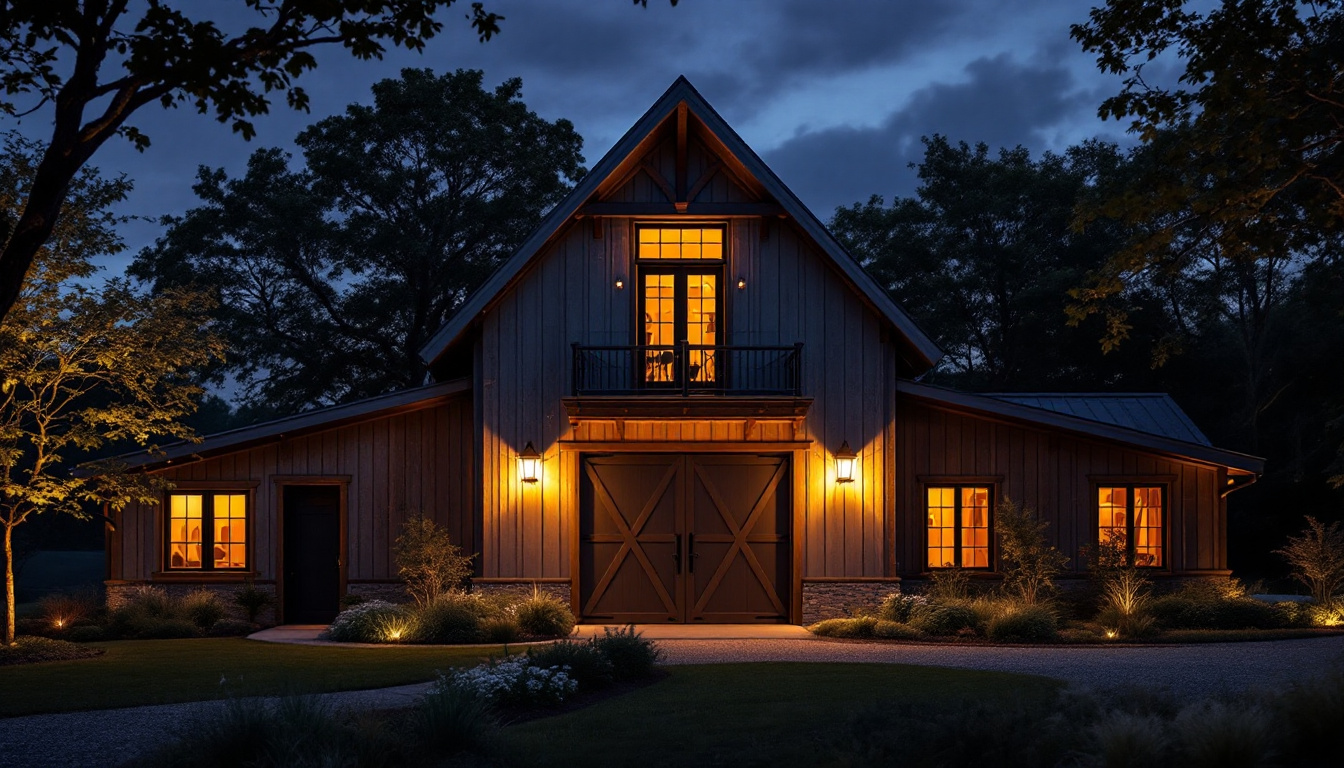
In the ever-evolving world of lighting, the importance of standard bulb bases cannot be overstated. For lighting contractors, understanding the nuances of bulb bases is essential not only for installation but also for ensuring customer satisfaction and enhancing overall project efficiency. This article delves into the significance of standard bulb bases, their types, and how they can contribute to a contractor’s success in the lighting industry.
Standard bulb bases serve as the connecting point between the light fixture and the bulb itself. They come in various shapes and sizes, each designed to accommodate specific types of bulbs. This section will explore the most common types of bulb bases and their applications.
Among the most prevalent types of bulb bases are the Edison screw, bayonet, and bi-pin bases. Each type has its unique characteristics and applications, making it crucial for contractors to be familiar with them.
Standardization in bulb bases simplifies the lighting design and installation process. When contractors use standardized bases, they can streamline their inventory, making it easier to manage supplies and reduce costs. This efficiency translates to quicker installations and less downtime, ultimately benefiting both the contractor and the client.
Moreover, standardization enhances compatibility across various lighting fixtures. When a contractor understands which bulb bases work with specific fixtures, they can make informed decisions that lead to successful project outcomes. This knowledge fosters trust with clients, as they can rely on the contractor’s expertise to guide them in choosing the right lighting solutions.
In addition to practical benefits, the standardization of bulb bases also plays a significant role in energy efficiency. As the industry shifts towards more energy-efficient lighting options, such as LED bulbs, having a standardized base allows for easier retrofitting of existing fixtures. This means that clients can upgrade their lighting systems without the need for extensive modifications, leading to reduced waste and a smaller environmental footprint. Furthermore, many modern LED bulbs are designed to be compatible with older fixtures, allowing for a seamless transition to more sustainable lighting practices.
Understanding the nuances of different bulb bases can also empower contractors to educate their clients about the benefits of various lighting technologies. For instance, the choice between a bi-pin base for LED track lights versus an Edison screw base for traditional bulbs can influence not only the aesthetic appeal of a space but also its energy consumption and maintenance needs. By providing this level of insight, contractors can help clients make choices that align with their long-term goals, whether those are cost savings, sustainability, or simply enhancing the ambiance of their environments.
Choosing the right bulb base is not just a matter of compatibility; it can significantly influence the overall success of a lighting project. The following sections will examine how bulb base selection affects performance, energy efficiency, and cost-effectiveness.
The performance of a lighting installation hinges on the correct bulb base selection. Different bulb bases are designed to handle varying wattages and types of bulbs, which directly impacts brightness and longevity. For instance, using an incompatible bulb with a fixture can lead to flickering, overheating, or even fixture damage.
Contractors must evaluate the intended use of the lighting—whether for ambiance, task lighting, or accentuation. Understanding the performance characteristics of each bulb base ensures that the selected bulbs will meet the specific lighting needs of the space. This attention to detail enhances the overall quality of the installation and contributes to customer satisfaction. Additionally, the choice of bulb base can dictate the ease of maintenance and replacement, as some bases are more user-friendly than others. For example, a screw base may allow for quicker bulb changes in high-traffic areas, minimizing downtime and disruption.
As the demand for energy-efficient solutions grows, lighting contractors are increasingly tasked with providing sustainable options. The choice of bulb base plays a pivotal role in this endeavor. LED bulbs, for example, are available in various standard bases and offer significant energy savings compared to traditional incandescent bulbs.
By advocating for energy-efficient bulbs and understanding their compatibility with standard bases, contractors can help clients reduce their energy consumption and lower utility bills. This not only aligns with the growing emphasis on sustainability but also positions the contractor as a knowledgeable and responsible professional in the industry. Moreover, many municipalities now offer incentives for using energy-efficient lighting solutions, which can further enhance the cost savings for clients. This trend not only promotes environmental responsibility but also encourages contractors to stay informed about the latest technologies and rebates available, ensuring they can provide the best options for their clients.
Cost is always a consideration in any lighting project. Selecting the appropriate bulb base can lead to significant savings in both short-term and long-term costs. Using standard bases allows for easier sourcing of bulbs, often resulting in lower prices due to higher availability.
Furthermore, when contractors choose the right bulb bases, they minimize the risk of callbacks due to faulty installations or inadequate lighting performance. This reliability fosters client satisfaction, as customers appreciate contractors who deliver quality work without the need for repeated visits. Happy clients are more likely to refer contractors to others, enhancing the contractor’s reputation and business opportunities. Additionally, a well-executed lighting project can elevate the aesthetic appeal of a space, creating an inviting atmosphere that can lead to increased foot traffic for commercial clients. This not only solidifies the contractor’s relationship with their current clients but also opens doors to new projects through word-of-mouth referrals and positive reviews in the community.
The lighting industry is continuously evolving, with innovations in bulb base technology that can further enhance the capabilities of lighting contractors. Staying informed about these advancements is crucial for maintaining a competitive edge.
The rise of smart home technology has led to the development of smart bulb bases that allow for remote control and automation of lighting systems. These bases enable contractors to offer clients advanced features such as dimming, color changing, and scheduling, all controllable via smartphones or smart home systems.
Integrating smart bulb bases into lighting designs can elevate a contractor’s service offerings, appealing to tech-savvy clients looking for modern solutions. Understanding how to install and configure these systems can set contractors apart in a crowded market.
As new lighting technologies emerge, compatibility with standard bulb bases remains a priority. For instance, advancements in LED technology have led to the development of more efficient and longer-lasting bulbs that fit into traditional bases. Contractors must stay updated on these innovations to ensure they can provide the best options for their clients.
Additionally, understanding how these technologies interact with existing electrical systems is vital. Contractors who can seamlessly integrate new technologies into traditional setups will enhance their service offerings and provide added value to their clients.
To fully leverage the benefits of standard bulb bases, ongoing training and education for lighting contractors are essential. This knowledge equips contractors with the skills needed to navigate the complexities of lighting design and installation effectively.
The lighting industry is subject to changing regulations and standards. Contractors must remain informed about these developments to ensure compliance and deliver safe, effective installations. Regular training sessions, workshops, and industry conferences can provide valuable insights into new standards and best practices.
Engaging with industry associations and participating in certification programs can also enhance a contractor’s credibility. Clients are more likely to choose contractors who demonstrate a commitment to ongoing education and adherence to industry standards.
While theoretical knowledge is important, hands-on training is equally crucial for lighting contractors. Practical experience with different bulb bases and fixtures allows contractors to develop problem-solving skills and gain confidence in their abilities.
Mentorship programs or apprenticeships can provide invaluable learning opportunities for emerging contractors. By working alongside experienced professionals, they can gain insights into the nuances of bulb base selection and installation techniques that are not always covered in formal training.
In the competitive landscape of the lighting industry, understanding standard bulb bases is a key factor in a contractor’s success. From ensuring compatibility and performance to embracing innovations and committing to ongoing education, contractors who prioritize this knowledge will find themselves better equipped to meet the needs of their clients.
By selecting the right bulb bases and staying informed about industry trends, lighting contractors can enhance their service offerings, improve project outcomes, and ultimately build a reputation for excellence. As the industry continues to evolve, those who adapt and grow will thrive, ensuring their place as trusted professionals in the world of lighting.
Ready to elevate your lighting projects to new heights of success? At LumenWholesale, we provide lighting contractors with the essential tools for excellence. Our extensive range of spec-grade lighting products is designed to meet your every need, ensuring compatibility, performance, and customer satisfaction. Say goodbye to inflated markups and hello to unbeatable wholesale prices, free shipping, and the convenience you deserve. Take the first step towards a brighter future and Wholesale Lighting at the Best Value with LumenWholesale today.

Discover expert tips and insights in our comprehensive guide to selecting the perfect barn outside lights.

Discover essential tips for lighting contractors to navigate common challenges when working with solar outdoor light manufacturers.

Discover the essentials of dock lights LED technology in just five minutes.

Discover how LED lighting in the USA is revolutionizing design with energy efficiency, versatility, and innovative aesthetics.